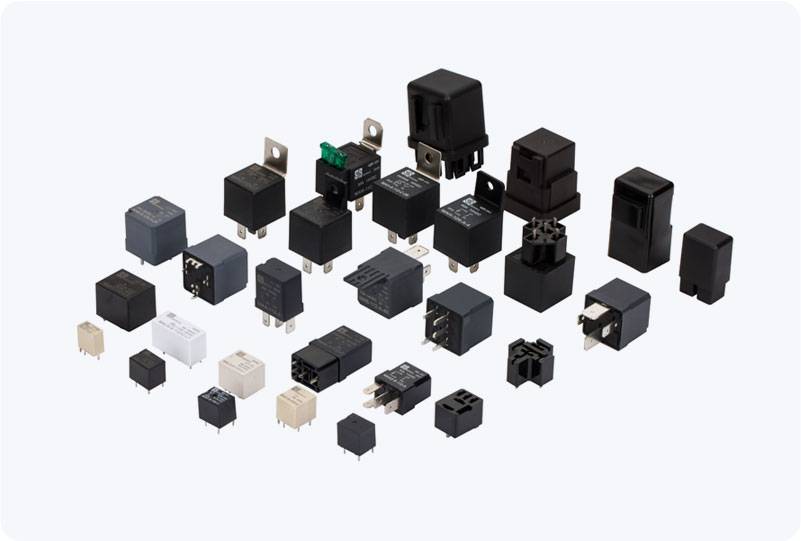In modern electrical and electronic systems, maintaining optimal temperature conditions is crucial for the longevity, performance, and safety of devices. One key component that ensures temperature control and prevents overheating is the Thermal Management Relay. This article delves into the working principles, applications, and benefits of thermal management relays, highlighting their role in protecting sensitive equipment from thermal damage.

What is a Thermal Management Relay? A Thermal Management Relay is an electromechanical device designed to monitor and manage the temperature within a system. It acts as a safety mechanism by opening or closing electrical contacts based on the temperature readings of the connected system. When the temperature rises beyond a set threshold, the thermal management relay cuts off power to the device or triggers a cooling mechanism to prevent overheating. These relays are equipped with temperature sensors that continuously monitor the internal temperature of a system. Once the temperature exceeds a predefined level, the relay responds by disconnecting the power or switching the system to a safe state, ensuring that the system doesn’t suffer damage from excessive heat.